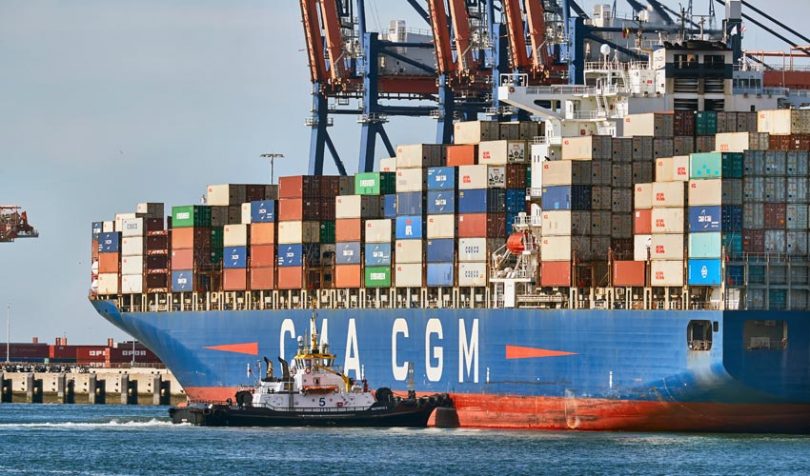TradeLens, a joint initiative between IBM and Maersk that aims to digitize the paperwork in the container shipping industry through blockchain, announced that more than ten members have joined the network in China following its launch in the region on May 10. TradeLens started activities in China just two months after Hong Kong-based competitor GSBN received regulatory approval to operate in Asia.
Using IBM technologies, the joint initiative with Maersk promotes a platform for participants in global trade to safely share information and collaborate digitally. Besides tracking and sharing information stored on blockchain with permissioned parties, TradeLens also digitizes key trade documents such as Bills of Lading.
The initiative carried out its first pilot back in 2018 when 94 organizations agreed to participate in the platform. As of today, the solution has tracked 42 million container shipments, and digitized 20 million documents.
Over 300 entities are directly connected to the platform, including three of the top five container shippers Maersk, MSC, and CMA CGM. The other two, COSCO and Hapag Lloyd, are part of GSBN’s network.
Amongst the ten newly signed Chinese companies are two port groups – Xiamen Port and Zhejiang Seaport – and eight logistic providers. State-owned China Unicom Digital Tech operates the network in the region.
Meanwhile, GSBN was first unveiled in 2018 but only incorporated in Hong Kong this year in part due to regulatory complications. Originally CMA CGM was one of the planned shareholders, but it joined TradeLens’ solution instead. In contrast, Hapag-Lloyd was initially listed as a Tradelens participant and is now one of the main shareholders of GSBN. Singapore port operator PSA is a member of both solutions, but it does not seem that other industry participants will follow this strategy.
The entrance of TradeLens in the region highlights the competitiveness between the two initiatives, although TradeLens has a head start of more than two years.
Since global trade is a very interconnected industry, if companies are split between two platforms, the effectiveness of both solutions diminishes. For example, if a shipping company is partnered with TradeLens and its port of arrival is part of GSBN’s network. It remains to be seen whether interoperability between the platforms is explored.
Meanwhile, TradeLens continues to expand its network. Last year, the platform partnered with the International Container Terminal Service, Dutch ports operator Portbase, Turkish ports group YILPORT Holdings, and the Canadian Pacific Railway, to name a few.






